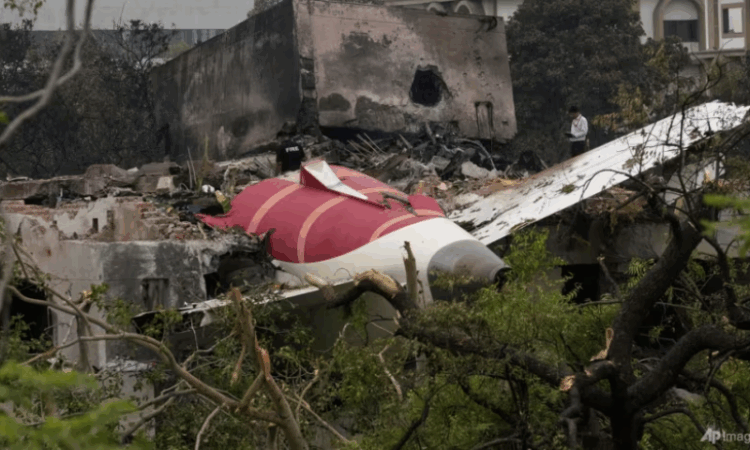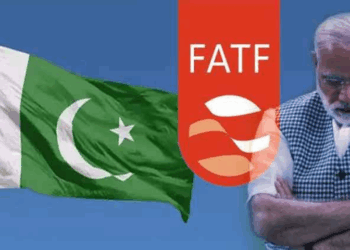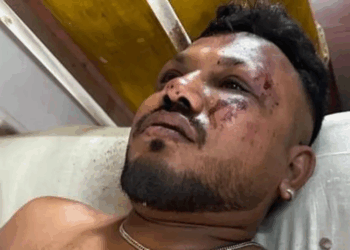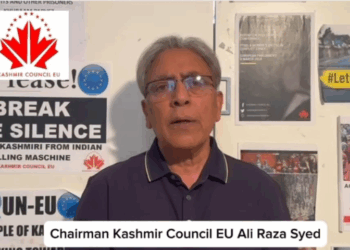Ahmedabad, June 13, 2025: When Suraj Mistry dropped off his 24-year-old daughter Kinal at Ahmedabad airport, he had no idea it would be their final goodbye. She smiled in a last family selfie, promised they’d meet again soon, and boarded her flight to London.
Minutes later, Air India Flight 171 crashed shortly after takeoff, erupting in a fireball. Of the 242 people on board, only one survived.
Kinal, a newlywed choreographer and small business owner in London, was described by her father as “a wonder — full of life, kindness, and dreams.” Still in the same clothes from that morning, Mistry sat among grieving families at Ahmedabad’s Civil Hospital, refusing to give up hope. “Maybe I’m foolish, but I’m still waiting for a miracle,” he whispered.
The crash has devastated hundreds of families across India and the UK. As of Friday, the official death toll was still being confirmed, with many bodies unidentifiable due to the scale of destruction. Officials say only six had been formally returned to families.
Authorities have set up DNA testing centres at the hospital to help identify the deceased. Many families, like the Mistrys, are clinging to hope in the absence of certainty.
The dead included Vijay Rupani, former chief minister of Gujarat, and numerous Indian professionals returning to or departing for the UK.
Among them:
- Prateek Joshi, a radiologist in Derby, had boarded with his wife Komi Vyas and their three young children. The family took a cheerful final photo together just before takeoff — now circulating as a heartbreaking reminder of what was lost.
- Sahil Patel, a first-time flyer from rural Gujarat, was headed to London to begin a scholarship he believed would transform his family’s future.
- Prakash Lal Minarhia, a long-time chef in London, had returned to India for his father’s funeral. His relatives have not yet told his mother and wife about the crash. “We can’t say anything until we have his body,” said a cousin.
The aircraft came down over a residential hostel for medical students, destroying part of the canteen mid-lunch. At least five students died, over 50 were injured, and others remain missing.
Sarla Ben, the hostel’s longtime cook, had brought her two-year-old granddaughter to work. Neither has been found.
“I’ve been to every hospital, every crash site corner. Still no word,” said her daughter Anita Ben Thakur, pleading with police to let her into the cordoned-off site.
Nearby, 15-year-old Aakash Patni had been delivering lunch to his mother Sita Devi, who ran a roadside tea stall. The crash engulfed them both. Aakash died on the spot; his mother survived with burns over half her body.
“She keeps asking where he is,” said her husband Suresh Bhai Patni. “I tell her he’s being treated. How do I tell her the truth?”
In what many are calling a miracle, 38-year-old Vishwash Kumar Ramesh, a British-Indian citizen, emerged as the sole survivor. He suffered only bruises and light injuries.
From his hospital bed, he told India’s state broadcaster that he has no clear memory of the crash — only that he believes he managed to jump out through an emergency door. “I still can’t believe I got out alive,” he said.
Rescue and forensic teams are working around the clock, but rising temperatures are making body identification increasingly difficult.
“With every passing hour, the heat is degrading biological samples,” said Naresh Soni of the National Forensic Sciences University. “It’s a race against time — and biology.”
The Air India crash has shocked the nation. Flags were lowered across Gujarat, and vigils have begun in several cities, from Ahmedabad to London. The loss has struck a painful chord across two continents — families torn apart, lives interrupted mid-flight, and a country left searching for answers.
For now, those left behind can only wait — for identification, for accountability, and for closure that may take months, if not years.








